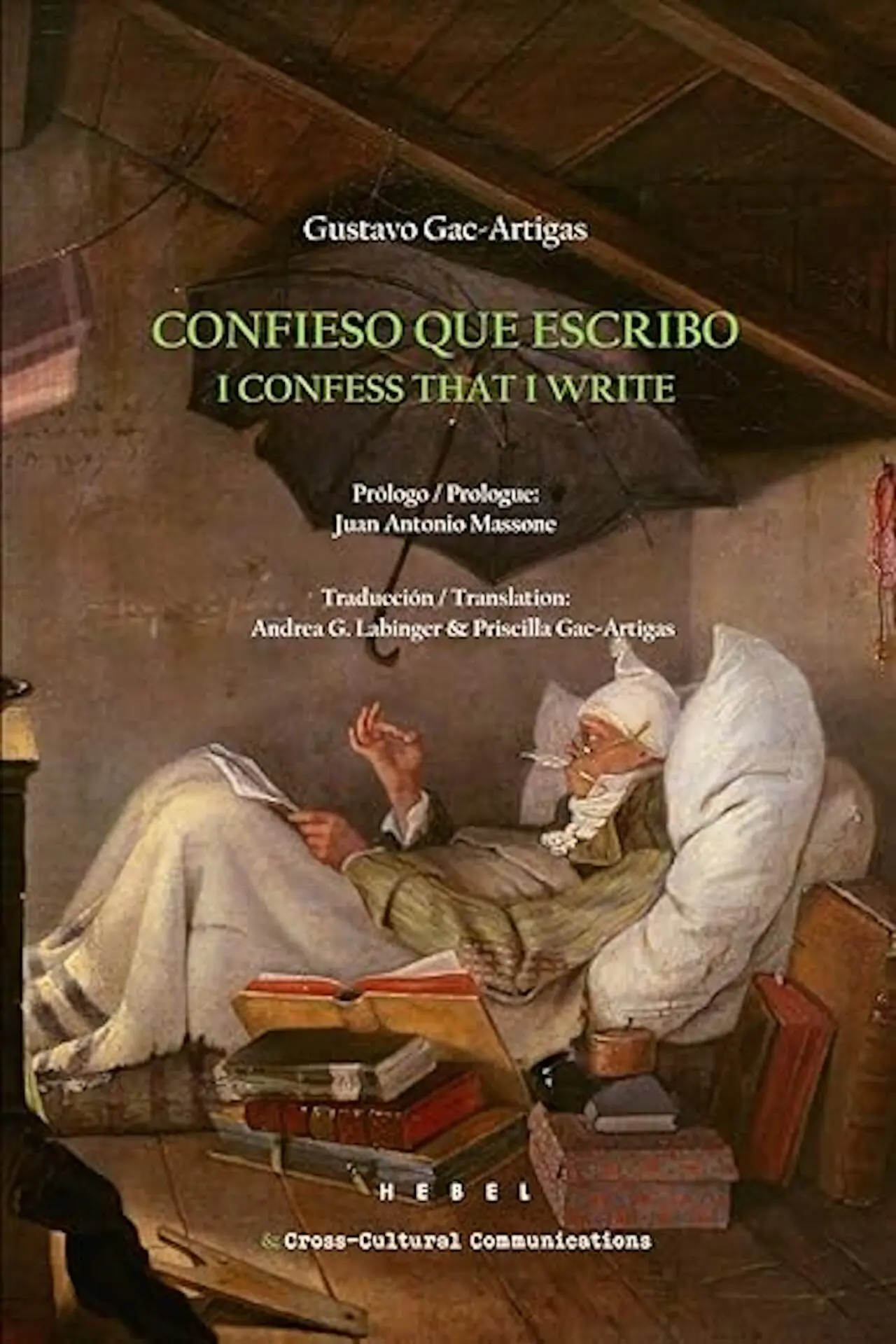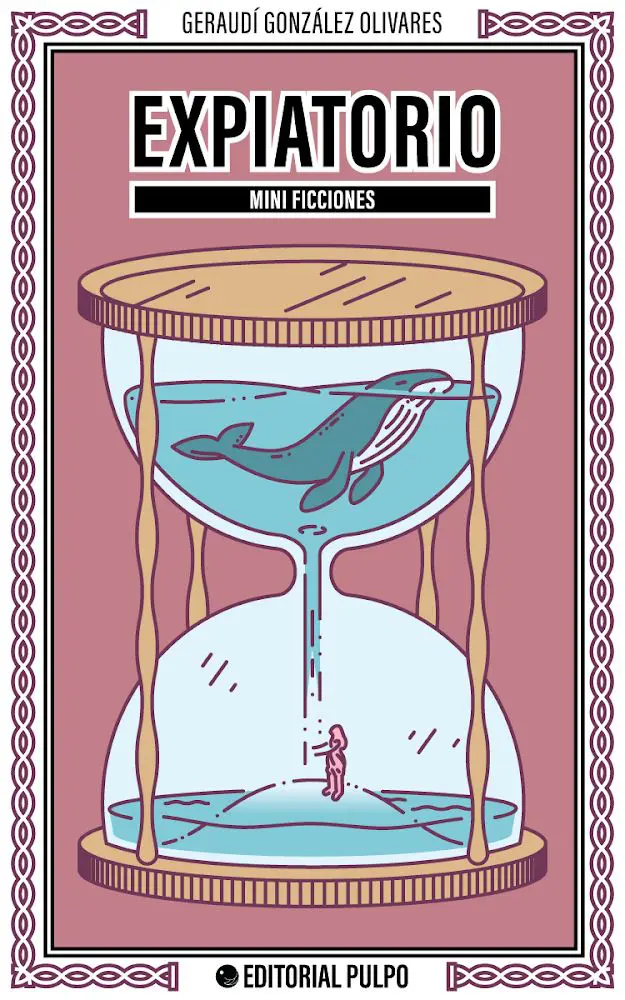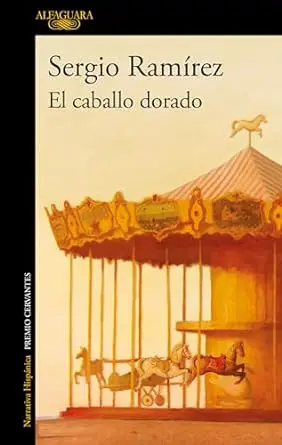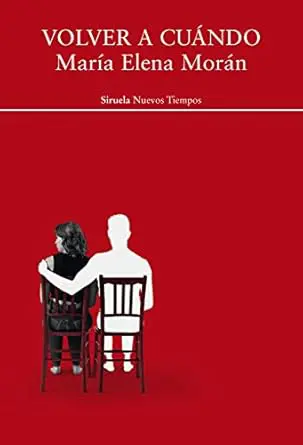Cali: El Taller Blanco Ediciones. 2023. 80 pages.
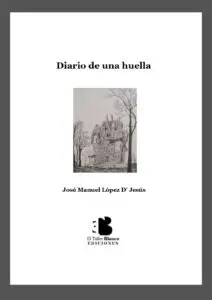 In the new book by José Manuel López D’ Jesús, Diario de una huella (Colección Voz Aislada, El Taller Blanco Ediciones, 2023), images are erected from the everyday. The sense of contemplation sets a preordained rhythm on the skin and in the ear. This quality makes clear that, besides a poet, López D’ Jesús is a musician and a doctor of Philosophy. With this in mind, we might intuit that his approach to literature bears a different nuance—one that moves with the rhythm of the reading. Consequently, what the reader hears, the writing’s cadence, is fundamental. Musicality is always in search of a beat that welcomes the word. This book is brief, it reads quickly, and it leaves the reader with a great deal to ponder and imagine. This is an inflection point in the rediscovery of a universe of images.
In the new book by José Manuel López D’ Jesús, Diario de una huella (Colección Voz Aislada, El Taller Blanco Ediciones, 2023), images are erected from the everyday. The sense of contemplation sets a preordained rhythm on the skin and in the ear. This quality makes clear that, besides a poet, López D’ Jesús is a musician and a doctor of Philosophy. With this in mind, we might intuit that his approach to literature bears a different nuance—one that moves with the rhythm of the reading. Consequently, what the reader hears, the writing’s cadence, is fundamental. Musicality is always in search of a beat that welcomes the word. This book is brief, it reads quickly, and it leaves the reader with a great deal to ponder and imagine. This is an inflection point in the rediscovery of a universe of images.
We see how the meaning of language is recognized in everyday speech; every term contains its furor. Like a theorem between thought and feeling, this segmented mechanism delights in a new embrace of life: “…I understood that the wayward gaze / is the only heart.” The word is rooted in a plot that brushes against the imaginable, distinct from the chosen concept. These poems move towards a dialogue that starts with the rejoicing of the image in motion. There is no place for stillness here; it is nonexistent when faced with the bond of desire for the infinite term. That said, the image too is music. If life moves, the word must move also. So it goes in Diario de una huella. Aphrodite, Ares, and Athena stand up in a room to ask after bodies at a time marked by silence and the hummingbird’s flight. Then seagulls and birds join in this exchange of images, always in their corresponding room.
Each term “communes” with the poetics of López D’ Jesús. The term, the word, ascends towards the imaginary; experience gains another angle with which to be rewritten in the poem: “Enough euphoric digits / in the current / the skies starry / because memory’s threshold / had to give birth.” Throughout, we appreciate the presence of opposites: they come together in the fantasy of the poetic voice to tell us the story, to speak to us, to captivate us via an imaginary alphabet. This is the invitation extended to us by the poet of Diario de una huella.
“TO SPEAK OF THE JOURNEY IS TO CITE THE DIARY AS THE CONTINUATION OF A TEMPTATION FOR THE IMAGES THAT INSPIRE THE VOICE’S SONG”
The recurrence of words like “dream,” “vowels,” “water” and its variants (tear, rain, sea/seas, river/rivers), “solitude,” and “silence/silent,” among others, reveals a need to find consonance in the edification of the verse, such that it slides along like moisture. The mythological sense of the poem “Basta estar en el agua” allows it to flow at its own rhythm. If, in mythology, we reach the most distant corners of the world, in this case the poem traverses, with all its nuance, the certainty that lies in the depths of fantasy. This gives new meaning to the verse’s worth.
To speak of the journey is to cite the diary as the continuation of a temptation for the images that inspire the voice’s song. These are not absolute truths, or so we think; we are traveling down the road of existence, of sensations materialized by means of the word. This is mobility, from the object of our contemplation to the forces joined at the horizon of our perceptions. The charm of the unprecedented in lived experience is relocated to another sphere: the sphere of the intangible.
Footsteps are compatible with the outside, later recognized in the attraction of the inside. This is an irreducible journey; every song vivifies the space of experience made subject to the dynamism of images. The voice embarks on its journey starting from birth, spending the night with the footprint of life. Experience is enjoyed in an unstraying key to then join with the perceptible, the sensible, becoming the reflection that lights up “inner space.” This is the other, unwitnessed story told in the “primordial abyss alongside the footprint.”
Are we conscious of our own existence? Of what surrounds us? Of what is taking place? Do we grant ourselves that license? Enough questions. Here what matters is what devours us from the inside. Rain, tears, seas, or rivers—it does not matter how the water tastes. Perhaps water itself softens everything, even our weakness for the ghosts of memory and lived experience.
Diario de una huella must be seen as a reading experience that uncovers a poetic occurrence. It is only fair to follow along. Readers will undertake their journey through its rooms as if through shots of film, whose minimal images capture the detail of what’s taking place. We should breathe in every verse as if shot from as close-up as possible, to unravel within it the footprint, the vestige, or that which refuses to be erased by the afflictions of the alphabet. Everything has meaning in these poems; they come together in dialogue with the aim of composing a rhythm with the intermittence of their words. The figures created in this book offer us a show of cogency in one poetic stroke.
Translated by Arthur Malcolm Dixon

